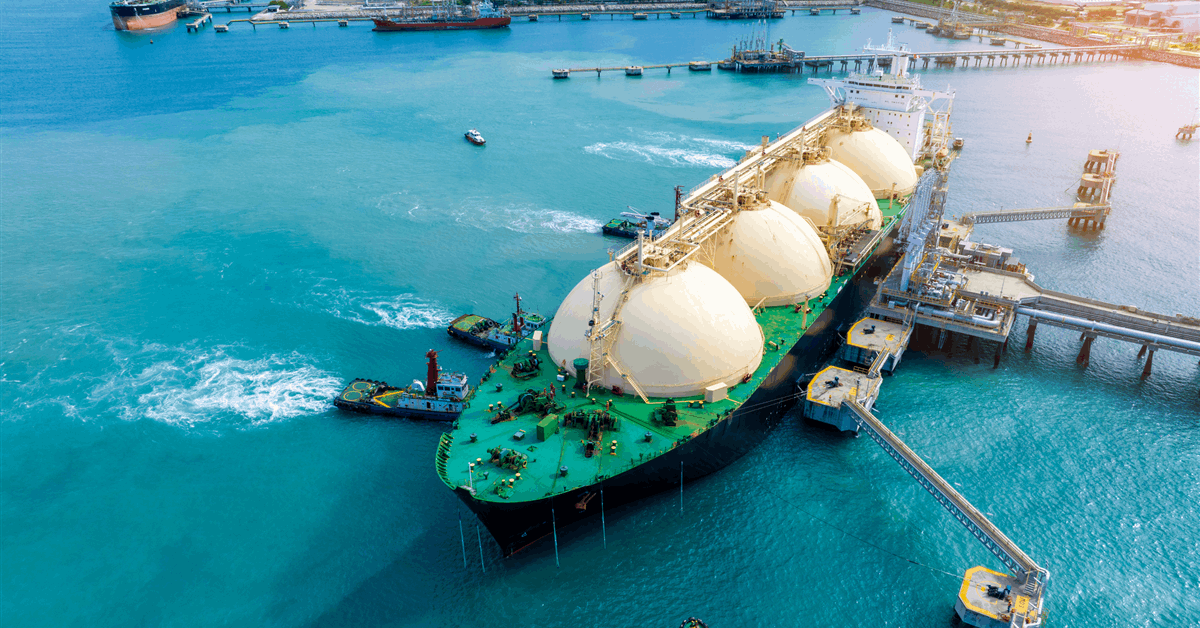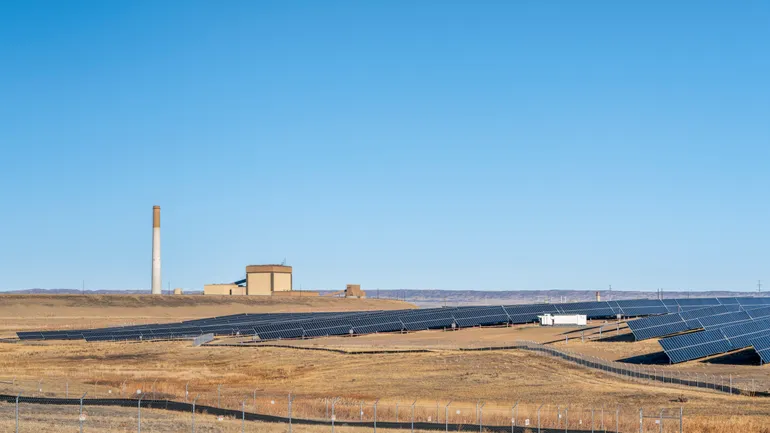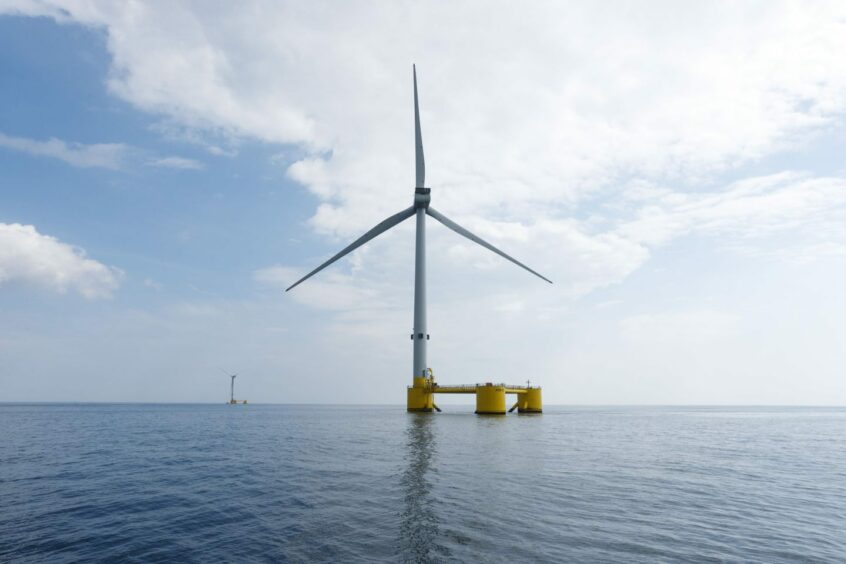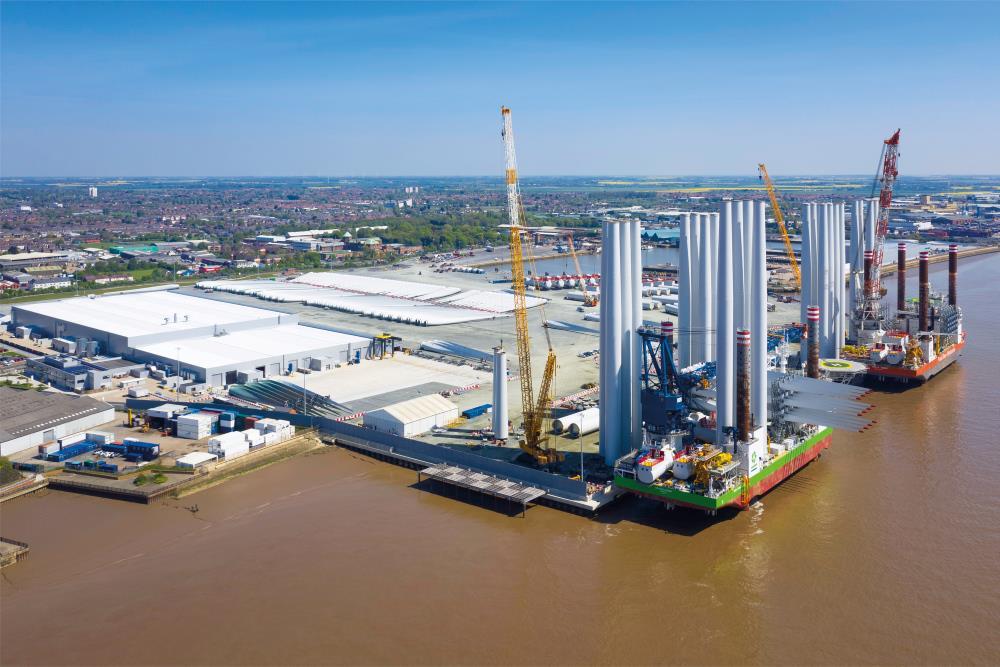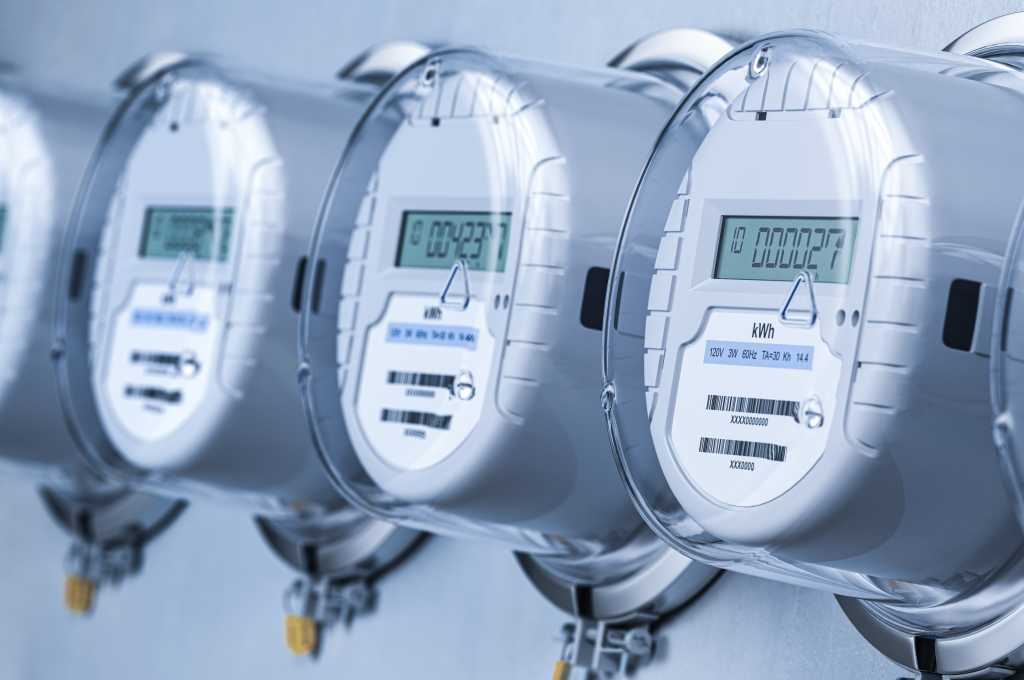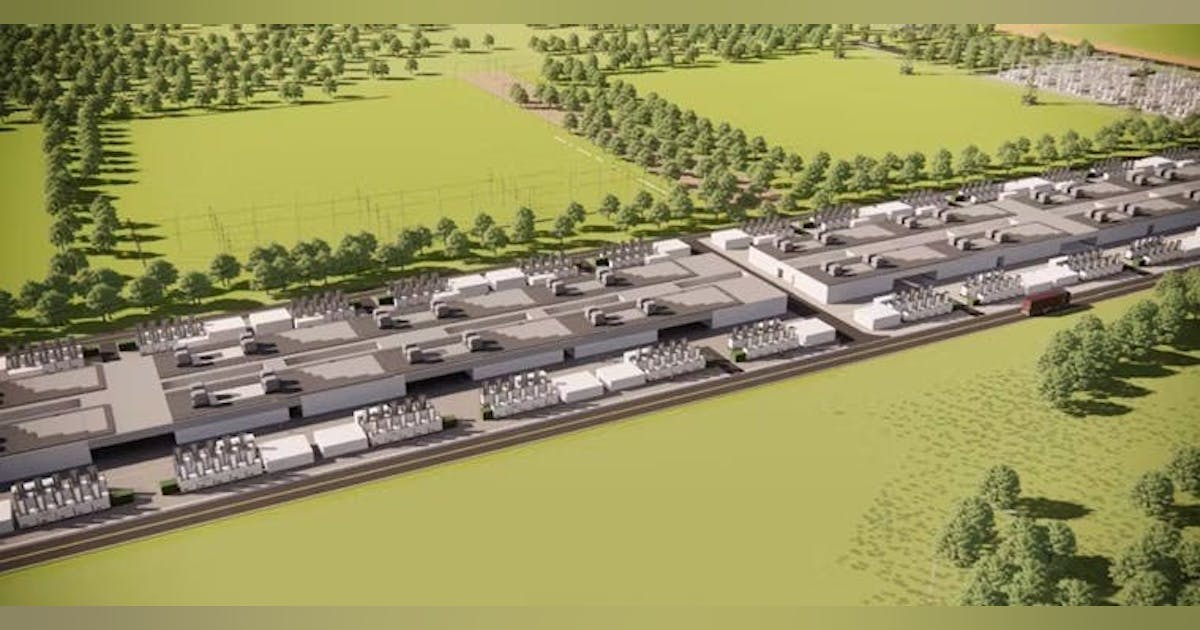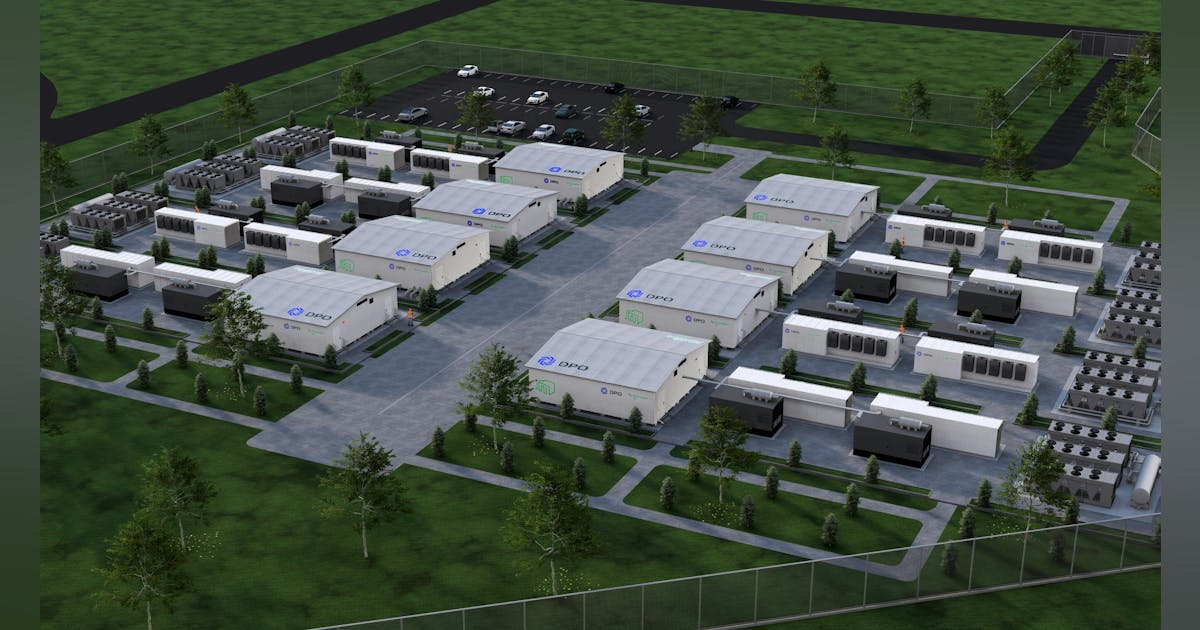Green hydrogen is set to be a major component of low-carbon energy systems of the future.
Although the debate is still open on the role this zero-emissions gas will play in domestic settings, it is clear that green hydrogen – produced via the electrolysis of water using renewable energy – will have a significant role in industry.
Hydrogen is already a major component in an array of industrial processes, from ammonia production for use in fertilisers to refining, and myriad other uses.
But in the vast majority of cases we still rely on what is known as ‘grey’ hydrogen, produced via the highly polluting steam-reforming process using methane or natural gas.
If we are going to have any hope of reaching net zero, our first step should be to replace this high-carbon feedstock with its low-carbon alternative.
In parallel, we should look to use green H2 as a high-temperature fuel – for things that cannot be electrified or decarbonised in other ways – and again many of these will be industrial process, such as the production of green steel.
But if this is the case, we will need to find ways to store it – safely and affordably.
With natural gas, we are able to rely on the vast natural reserves beneath the sea, and on ‘linepack’ – basically storing gas within our existing pipe network.
However, hydrogen is different. Green hydrogen is a wonder gas – it can be created from water and renewable energy and produces zero emissions (when used in fuel cells). But on the flip side it is highly flammable, with much smaller molecules than the natural gas on which we rely – and it cannot be stored in the same way without significant modifications to the current network.
But as green hydrogen production ramps up, the ability to store large quantities of this gas for extended periods will become a critical building block in our low-carbon future.
Salt caverns
At present, the only proven technology for storing large quantities of pure hydrogen is within underground salt caverns, in areas where there is suitable geology.
The UK currently has 0.025 TWh of salt cavern hydrogen storage, with two notable projects in development: in England’s northwest and Aldbrough near the strategically important Humber.
But these will take many years to build, and while the UK is fortunate to have suitable geology for salt cavern storage, there is simply not enough of it.
Plus, they can only be built in very specific locations, which don’t always match up with where current or future storage demands will be situated.
And none of them are in Scotland.
A report last year by global energy consultants Arup, in partnership with University of Edinburgh and supported by the British Geological Survey, suggests we may have overestimated UK salt cavern capacity by as much as 90%.
It states: ‘Without immediate action, hydrogen storage capacity limitations threaten UK progress to net zero.’
Mid-scale storage
Therefore, the future large-scale adoption of green hydrogen in industrial processes and for heat, transport and backup generation will also require safe and cost-effective mid-scale hydrogen ‘buffer’ storage – up to 100 tonnes per unit – which can be located wherever required, both in distribution networks and at point of use.
This could be for industrial off-takers – such as ammonia or steel producers – where there may be on-site requirements for 500-1,000 tonnes of hydrogen storage to provide one to two days of buffer storage.
In addition, as parts of the GB gas network are repurposed for hydrogen, there will be requirements for localised nodal ‘linepack’ storage – in the 100s of tonnes, in tandem with the use of large-scale salt cavern storage.
In other words, it is not ‘either/or’ for large-scale and mid-scale storage – we will need both.
Already National Gas – the UK’s gas transmission system owner and operator – is investigating the potential of hydrogen transportation using the current network infrastructure, with a requirement for mid-scale storage at its core.
This initiative, known as Project Union, is a pioneering project to create a British hydrogen backbone, capable of transporting 100% hydrogen, connecting hydrogen production and storage with industrial end users across Britain.
As part of this, medium-scale hydrogen ‘buffer storage’ will be key.
The idea of buffer storage is not new. In the last century, in the time of manufactured ‘town gas’, buffer storage came in the shape of the gigantic, drum-shaped gasometers which still feature in so many of our cities.
But in the modern era, above-ground storage is expensive and will face planning challenges – and could be a potential security risk at a time when bad actors are actively targeting energy infrastructure.
At Gravitricity, we believe developing custom-built underground energy storage will be the key, and we have developed H2FlexiStore – a novel technology – which uses the geology of the earth to store up to 100 tonnes of pressurised hydrogen in a lined underground rock shaft.
Crucially, this technology can be located where it is required – next to a green steel plant, for example, with multiple units offering the ability to scale up storage as needed.
We believe this technology bridges a gap in current provision by combining the benefits of underground storage in a medium-scale solution – which can be built more cheaply than above-ground vessels, with a much smaller surface footprint, to offer safe, low-cost storage that can be located wherever required.
We are now working with energy major Baker Hughes to commercialise the technology and have been awarded a grant from Ofgem’s £450 million Strategic Innovation Fund to conduct a feasibility study on the use of H2FlexiStore as part of the National Gas network, which could lead to a full-scale demonstrator project thereafter.
The race to Net Zero is a major challenge to all nations and there is no ‘one size fits all’ technology that will get us there.
Green hydrogen will certainly have a role to play – but to unlock its potential, we need to find new ways to store this useful flammable gas. Salt caverns will provide large volume storage, but we will also need mid-scale storage that can be located in multiple nodes around the future gas network and also in close proximity to major industry off takers.
I believe the answer to this lies right beneath our feet.
Recommended for you

Wood wins Dutch hydrogen FEED contract






